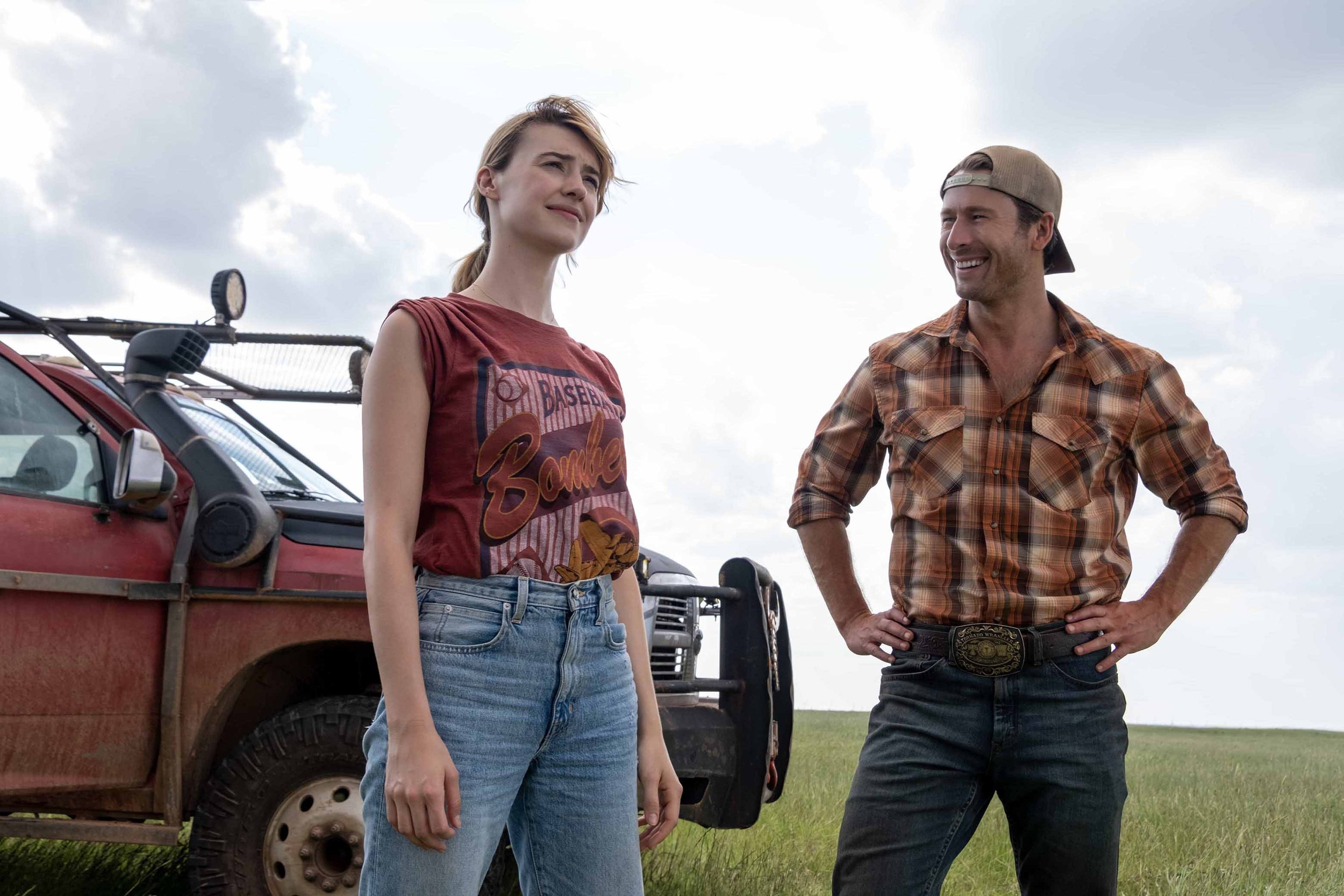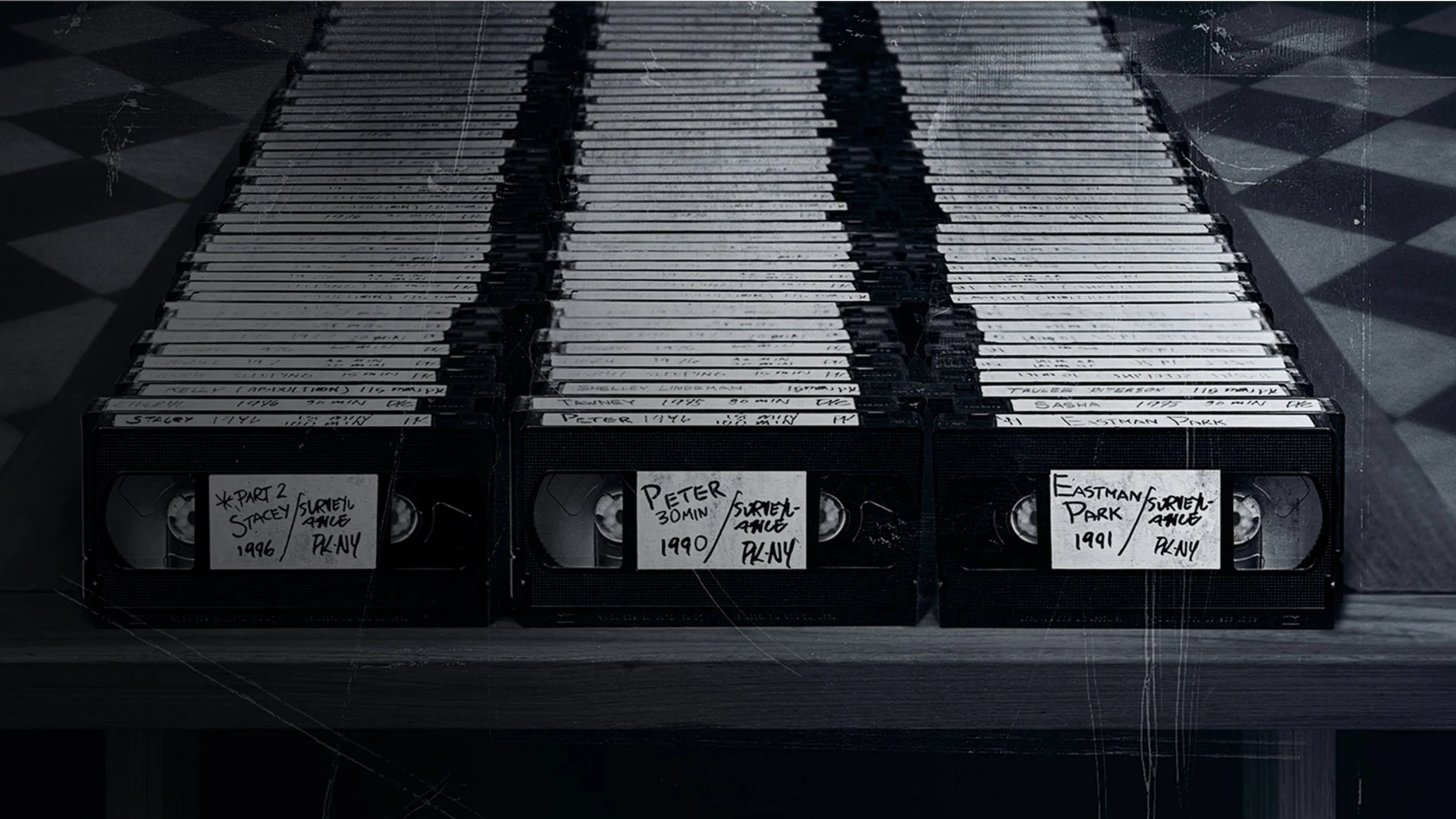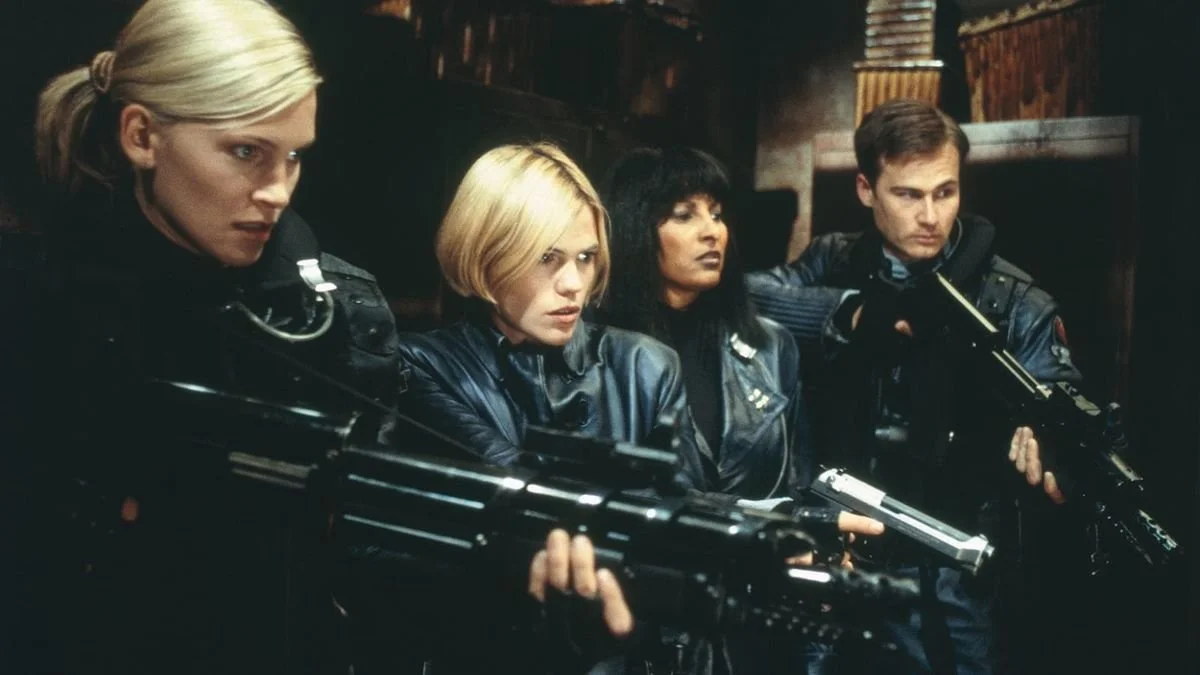Review: Twisters (2024)
Who’d have thought that Lee Isaac Chung, the director behind Minari (2020), a gentle indie drama about a South Korean immigrant family starting a farm in Arkansas, would produce the most fun classical Hollywood blockbuster since 2022’s Top Gun: Maverick. The lyrical, quiet charms of Minari won over many critics and secured a Best Picture nomination at the 2021 Oscars. I and many others found that film a soothing antidote to the chaos of the dark pandemic days (as we talked about on Episode 5 of 3 Brothers Filmcast).
But Twisters comes like a booster dose of whatever Maverick injected into cinemas in summer 2022. Joseph Kosinski’s Top Gun legacy sequel almost single-handedly restored the summer movie season and reminded cinemagoers that fun and uncomplicated blockbusters should be well-crafted and seen on big screens. Chung’s Twisters confidently re-ups the commitment, and it seems like audiences are responding, with Twisters sucking in over $80 million on its opening weekend in North America. Kosinski actually gets a story credit here for first pitching a sequel to the original Twister, but Chung should get full credit for his direction, surprising us all by being totally in command of this blockbuster. Evidently, directing an episode of The Mandalorian (“Chapter 19: The Convert,” the third episode in Season 3) familiarized Chung with visual effects work.
As if engaging with conversations about the state of cinema, Chung shows, during the climax of Twisters, a movie screen—and the entire wall behind it—being ripped out of a theatre building while the screaming townsfolk—and us, the movie audience—watch an oncoming twister through the gaping hole where the screen should be. Such a moment can be interpreted as meta-commentary, but it’s also a nod to the original Twister (1996), which features a scene with a tornado hitting a drive-in at night (which I discuss in my retrospective essay on the original).
Scenes like the tornado hitting the movie theatre suggest that, although plot-wise, Twisters is being described as a standalone sequel—for example, the child of Helen Hunt and Bill Paxton’s characters never shows up—Twisters also displays features of the legacy sequel, and not just because it’s coming out 28 years after the original. Foremost is the meta-commentary that always seeps into legacy sequels, being works that are self-conscious about their relations with earlier films. We also get small references and points of connection here and there. Bill Paxton’s actual son, James, cameos as an annoying motel customer who gets his just deserts (according to the logic of disaster movies). The original movie’s sensor technology is used by the new research team, but we also get new technology, also named after The Wizard of Oz. While the original film had Dorothy I–IV, here research teams are equipped with large portable scanner pads that are designated Lion, Tin Man, and Scarecrow.
If we compare the narratives of the two films, we see that Mark L. Smith’s script contains repetitions of, and variations on, aspects of the original. Like Helen Hunt’s Jo in the original film, Daisy Edgar-Jones’ Kate suffers from trauma caused by a tornado, which we witness in the first scene. However, unlike Jo, who is spurred on by her trauma, Kate has retreated in the aftermath of an experiment gone wrong. Her old friend, Javi (Anthony Ramos), convinces her to come to Oklahoma for one week to help with his new tornado research project. There they will encounter the brash Tyler Owens (Glen Powell), a self-described “tornado wrangler,” who makes videos for his popular YouTube channel. The wild approach of Tyler and his crew, which includes a drone pilot (Sasha Lane) and a videographer (Brandon Perea), is to drive a truck into the path of a tornado, use a rigged-up drill system to secure the truck to the ground, and then ride out the twister like a cowboy on the back of a bull. The supporting cast doesn’t surpass the old film’s, but it’s full of up-and-comers, and also includes Tunde Adebimpe from the band TV on the Radio.
Kate’s goal is to collapse a tornado using moisture capturing chemicals (the stuff used in diapers). The research team initially butts heads with Tyler’s crew, who seem motivated by money and fame and thrill-seeking. However, while the original film drew clear lines between the ragtag research team and the big-money team in black SUVs, Chung and Smith complicate the lines in ways I won’t spoil. While the missions to collapse a tornado are exciting, they never quite top the excitement of scenes where Tyler and his crew (and Harry Hadden-Paton’s terrified British journalist writing an article on Tyler) drive straight into the centre of tornadoes while country rock blasts on the soundtrack. At times, Chung uses the camera viewpoint of Tyler’s videographer to set YouTube aesthetics in competition with blockbuster visual effects for claims of verisimilitude. Which looks more real in 2024?
It’s not a surprise that Glen Powell is in both Top Gun: Maverick and Twisters. Aren praised his work in this spring’s Hit Man. Powell played a great foil in Maverick, but he’s even better when he’s given more of a chance to show dimensions to his alpha guy persona, as he is here. He has charisma and presence, but he can also act. Some of his best moments of interaction with co-lead Daisy Edgar-Jones are in his looks and reactions. He needs to become the new all-American movie star.
In subtle ways, we also see that Chung was the man for the job. He grew up in rural Arkansas. We see touches of Chung’s attentive camera eye in the visuals, whether it's a cowgirl carrying an American flag or the way we experience Kate’s tornado prescience, with sped up imagery of wind shifting over golden fields of wheat or storms clouds rising or collapsing in extreme wide, high aerial shots. In Chung’s attentive observations, small and large, we also see an authentic record of rural middle America and feel his affection for the country. The film never sneers at Oklahoma as a fly-over state or takes cheap shots at country folk. While the script allows Tyler to bug Kate about being a city girl, as she has come to Oklahoma from NYC, the joke is actually on him. She’s born and raised in Oklahoma, and only left for the East Coast after the traumatic event at the start of the film.
Edgar-Jones is good as the co-lead, becoming more interesting as the film goes on, even if Kate’s trauma subplot is never as compelling as her tensions-turned-flirtations with Tyler. Smartly, the script never reduces Kate to the romantic interest, even though the romance between Edgar-Jones and Powell is key to the film’s appeal. In a scene of classic Hollywood magic, Tyler’s storm chaser YouTube tagline “If you feel it, chase it,” is repurposed for a final romantic flourish. While Kate’s trauma seems too mechanical and functional at times, the film avoids any cheap turns in the romance, trusting instead in the appeal of the leads and their chemistry together.
Twisters contains a tension, however, between controlling nature and riding its flow. The mysteries of life, whether they be the nature of human attraction or the exact multiple causes of a tornado, compete with the desire to wield control, most vividly expressed in the film in the desire to be able to collapse a tornado. Tornadoes destroy towns and kill people, but do we really want people controlling the weather? Through Kate’s story, the retreat to total safety and away from life’s interests, passions, and dangers doesn’t seem to satisfy. Is there a balance to be found, or is Twisters just a vortex of touchpoints and themes, like most Hollywood blockbusters? After a single viewing, I’m not sure, but I don’t think the film is joking when Tyler says tornadoes are half science, half religion. Chung is impressively able to cultivate a few moments of wonder at the mysteries of love and nature amid the technical achievements of his blockbuster smash.
7 out of 10
Twisters (USA, 2024)
Directed by Lee Isaac Chung; screenplay by Mark L. Smith, based on a story by Joseph Kosinski and the characters by Michael Crichton and Anne-Marie Martin; starring Daisy Edgar-Jones, Glen Powell, Anthony Ramos, Brandon Perea, Maura Tierney, Sasha Lane, Tunde Adebimpe, and Harry Hadden-Paton.



Kiyoshi Kurosawa’s 2001 J-horror film predicted the new millennium in terrifying ways.